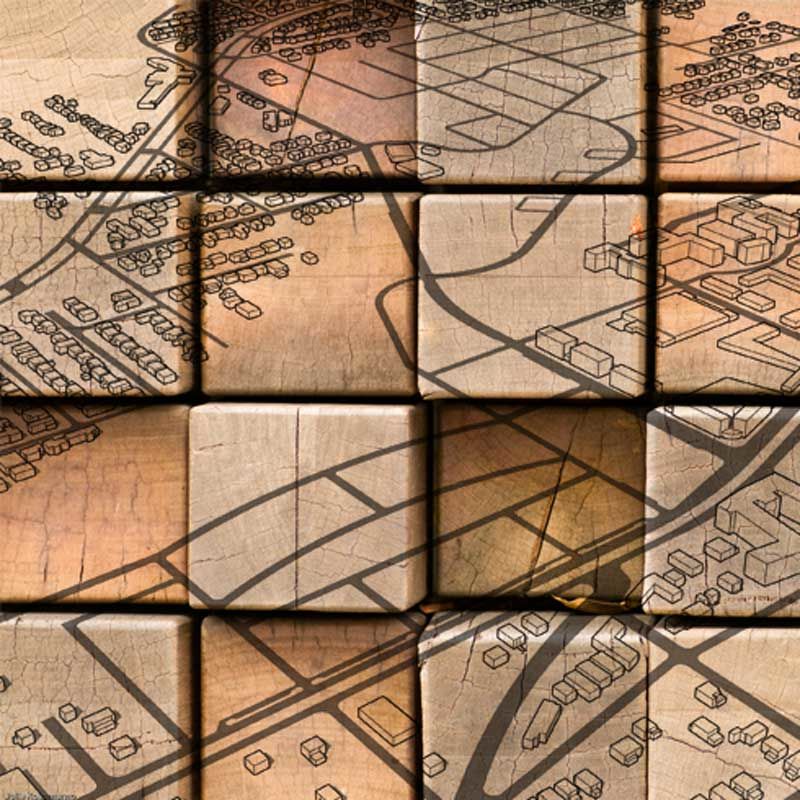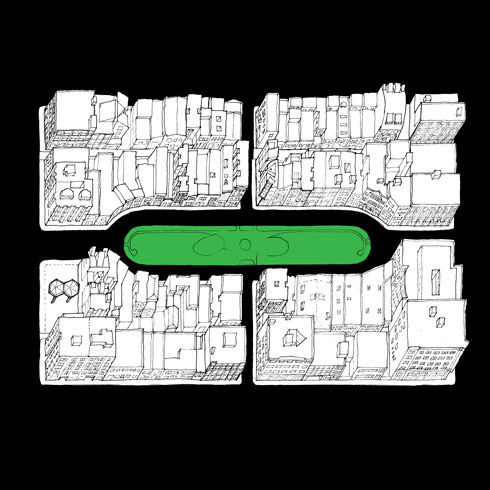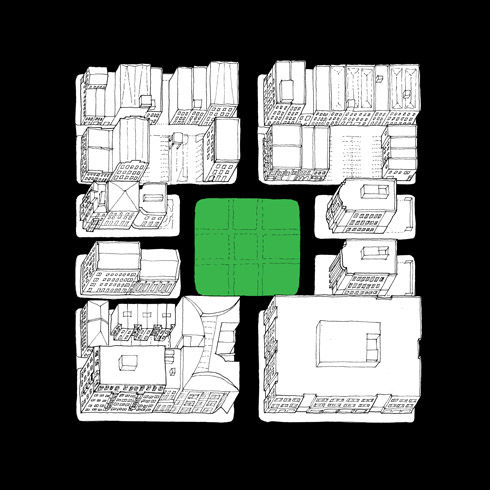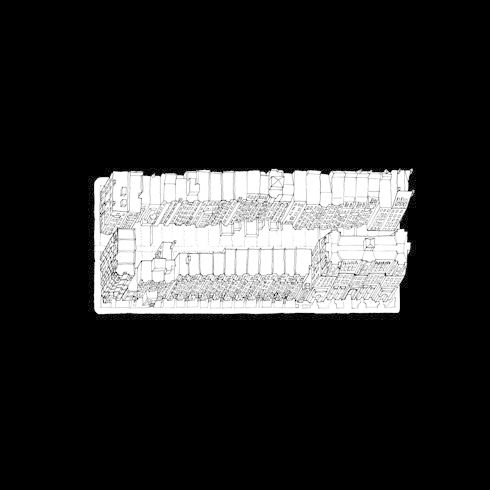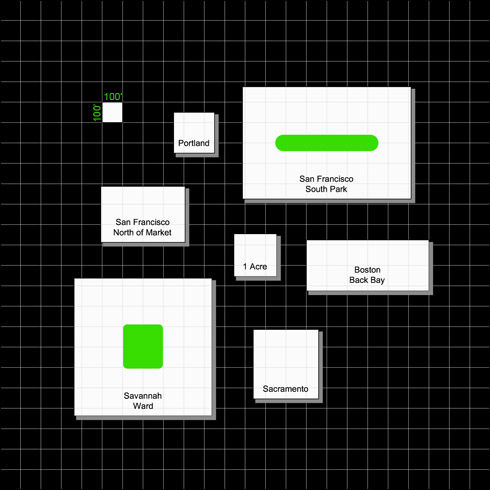At the intersection of architecture, urban design and master planning, the urban block forms the most basic and useful increment of urban growth and repair. Flexible and resilient, the urban block is one of the oldest and most important elements of city building and one of the twenty-first century’s great design challenges.
In juxtaposition to public open space, the urban block is a private domain which gives quality, shape and character to the public spaces on all sides. The dialogue between the urban block design and the surrounding streetscape is of critical importance to the future of cities. Their layout and platting often prefigure the variety of land uses, building types, and architectural character that are essential for a sustainable place.
When conceived with care, urban blocks can provide a flexible framework for phasing, financing, and implementation. Where patterns of major streets are too big for walkability, their resulting blocks may be subdivided with minor streets and open space, like the Wards of Savannah or South Park in San Francisco. Following these great American precedents, our own planning projects employ urban blocks to repair neighborhood patterns at Holly Park in Seattle, Capitol Gateway in Atlanta, and Jordan Downs in Los Angeles.
As worldwide population scales continue to tip in favor of cities, urban life must provide a sustainable option for the future of human settlements. Urban blocks provide the basis for a public dialogue about how to meet this challenge: the responsible design, development, construction, and operation of cities.
